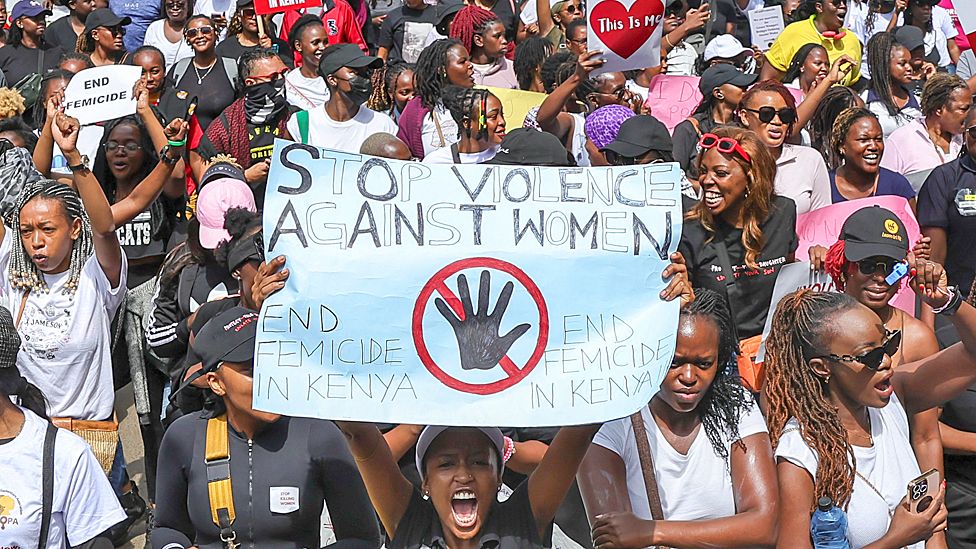-

-
-
Loading

Loading

The rising cases of violence against women, particularly femicide, in Kenya have sparked a nationwide march. However, a clip posted on social media highlights the deeply entrenched misogyny in the country. In the video, two men argue about the need for the protest, with one of them blaming women for the suffering of men and accusing them of using men for money. The argument escalates, with both men threatening to kill women. Renowned Kenyan activist Boniface Mwangi shared the clip, emphasizing that these men do not represent all men in Kenya. The problem, as Mwangi notes, is that very few men in the country openly speak out against such attitudes. A recent report by Felix Kiprono and his colleagues at data analysis company Odipo Dev reveals a disturbing rise in female killings in Kenya, with at least 10 reported murders in the first month of this year alone. The report, titled "Silencing Women," aims to shed light on the risks and challenges women face, including victim blaming and under-reporting, in order to inspire action. However, the reaction to the report on social media has been disheartening. Men, particularly on platforms known as the "manosphere," which promote masculinity and oppose feminism, have shown little inclination to engage in discussions about the issues highlighted in the report. The majority of engagement has been from women, reflecting a significant disparity in attitudes towards gender-based violence. One man who has taken a stand is DJ Moz, a popular Kenyan DJ, podcaster, and TV host. In a video posted on his social media platforms, DJ Moz condemned femicide, acknowledging the loss of many women to this violence. He attributes his decision to speak up to his colleague, who urged him to take action. DJ Moz also discovered shocking global statistics on femicide, with Africa having the highest number of cases. DJ Moz believes that religious institutions should play a role in fighting misogyny in Kenya, as they often propagate harmful beliefs about women staying in abusive relationships. However, Kiprono acknowledges that it will take a long time to eradicate toxic masculinity from Kenyan society. The article concludes by highlighting the constant fear women face when leaving their homes and the precautions they must take to ensure their safety. This is a reality that most Kenyan men do not have to consider.